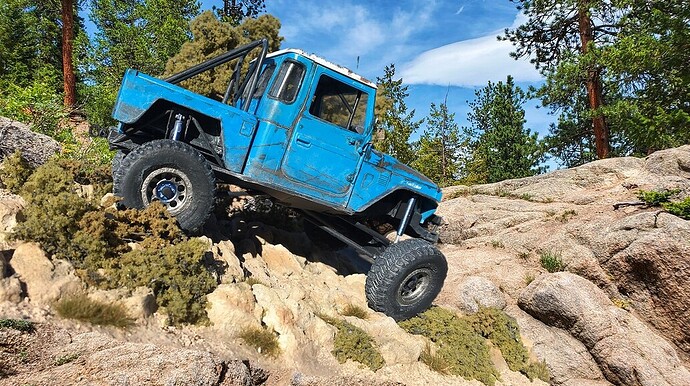To be honest it depends on the kit, how it’s constructed and the order of build. I paint as I go, if the sequence demands it. That means interiors have to be dealt with (I’m talking AFVs here), and for me, often the suspension - I always weather the hull sides etc - before installing the road wheels.
Once the build is finished, I mask as necessary if the detailing requires it then prime. I used to wash the model but gave that up, though I can’t really remember why; something to do with paint adhesion I suspect, but then, I find a primer quite forgiving in that respect.
Thereafter, this is how I tackle my models:
Wash model (if desired)
Primer - as mentioned above
Base coat (or camouflage pattern as necessary) - airbrush normally, but I’m not averse to using rattle cans
Paint details
Gloss varnish (this will secure the base colour and details, enable decals and facilitate washes etc)
Decals
Chipping - minimal for me and often not at all
Wash – including pin washes
Dry brush - still effective I reckon
Matt varnish – re-gloss where necessary; if gloss finish then matt details
Add antennae/light lenses – latter can be affixed before but will need masking
Weather – paint/pastels
Blend to base if using one eg Tamiya Buff etc
Exhaust pastels if appropriate
I’m not saying this is the only way to do it all, and it may not be quite what you’re after, but it sort of works for me.







